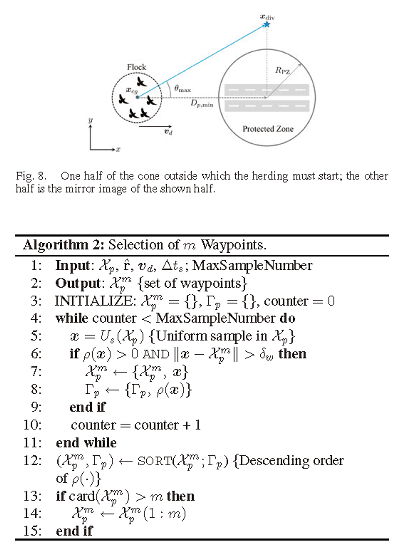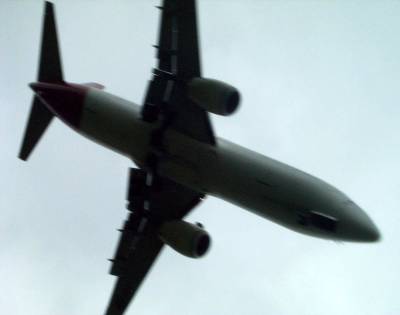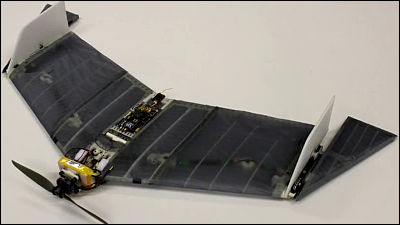Research on technology to automatically purge birds that collide with a plane with drone advances

By stekelbes
"Bird strike" that an airplane in the stage of takeoff and landing collides with birds and sucks into the engine is regarded as one of the most dangerous accidents in flight operations. In order to avoid such problems, researches on technology for efficiently keeping flocks of birds away from the airport using drone capable of autonomous flight are proceeding.
Robotic Herding of a Flock of Birds Using an Unmanned Aerial Vehicle

Engineers teach a drone to herd birds away from airports autonomously
https://techxplore.com/news/2018-08-drone-herd-birds-airports-autonomously.html
This research is being advanced by a research team of Associate Professor Jang Seung-jo of Caltech Institute of Technology (Caltech). Mr. Chung aims to increase the safety of flight operations of aircraft by developing algorithms to efficiently manipulate flocks of birds flying in groups using drones and preventing birds from entering specific areas .
Mr. Chung came to be involved in this research seems to have been a US Airways 1549 non-arrival water accident that occurred in New York in 2009. This accident, also known as the "miracle of the Hudson River", which was also called a movie was caused by a bird strike by a passenger aircraft immediately after takeoff from Newark Airport and both of the two engines failed, completely losing thrust It became the most dangerous situation on the flight operation of airplane that it became "glider" state.
It was the key to all the fortunes that the captain of Cesley Sallenberger, who was holding the control stick at this time, was a former US military captain. Captain Sullenberger, who has a wealth of flight experience, decided calmly against the situation and decided to avoid the Manhattan island where many people live and to make the aircraft landing on the Hudson River that flows just beside it. The Sallen-Berger captain skillfully manipulated the aircraft that loses the power of the engine and drops the altitude altitude, succeeding in making the missing landing in the river as aimed.

Mr. Chan who saw this accident underwent a great inspiration and started research on airspace protection using robot engineering which is his research field. Mr. Chan said, "The reason why the plane passenger was okay is about the fact that the pilot was a very skilled person, and if such a similar event happens next time, such a happy ending will never happen again Because I thought that there was nothing, I began exploring ways to protect the airspace from birds using autonomous control and robotics engineering, my research field. "
In order not to bring birds close to specific airspace, it is important to make the place think that it is not attractive to birds. For that reason, in existing methods, a method is used that threatens to release large horses such as hawks and drives birds by making a loud sound with air guns. However, these technologies require expertise and are costly, so there are certain limits to their operation.
So Mr. Chan focused on the drone who was trying to reach a time of great evolution. At the beginning, Mr. Chang was aiming at the development of a "bird-shaped robot" that threatens birds with wings flying just like hawks, but even with the drones that fly by flying with the four rotors Since it turned out that the effect could be expected, I heard that he decided to use the drone by changing the policy.
The most difficult point when threatening and driving birds is "to see the appropriate distance". Birds flying in flocks have the habit of deciding the place in the group while checking the movement of birds close to each other. At this time, if the drone for intimidation is too far from the flock, the effect of threatening will not be exerted at all, conversely if it approaches too much to the flock, then the birds who have been scared of fear panic and the flocks fall apart It will become. Therefore, in order to pay for the flock most efficiently, it is important to position it to successfully drive the flock in the direction you want to face, while keeping the optimum distance from the flock.

In order to develop algorithms to locate it, Mr. Chan, graduate students of former Imperial College London, Aditaya and Paranjae et al. Studied the formation and maintenance of the herd and the state of reaction. In this case, it is said that shepherds follow sheep, which means that behaviors in two dimensions rather than three dimensions are considered. Kim Kunan, a postdoctoral fellow of Caltech in the aerospace field and coauthor of the paper, said: "Carefully study the dynamics of the herd and the interactions with the followers and safely relocate herds using autonomous drone We have developed a mathematically functional crowd algorithm. "

A research team that succeeded in mathematically reproducing the movements of herds then conducted research on techniques to control herds using that algorithm. Based on the result, Mr. Chang carried out a demonstration experiment of bird flicking by drone using wide field in Korea. As a result, it seems that it was confirmed that one drones can manipulate the movement of dozens of bird flocks so that they can not approach a specific airspace.

According to Mr. Chan, the effectiveness of this algorithm is determined by the number and size of birds, so further study is necessary to obtain higher effect. It seems that it will be managed by airport staff with air guns called "large birds" or "birds" for a while as before, but when an era comes when the drone can drive away birds without break , The dangerous accident "bird strike" can be expected to decrease greatly.
Related Posts:







